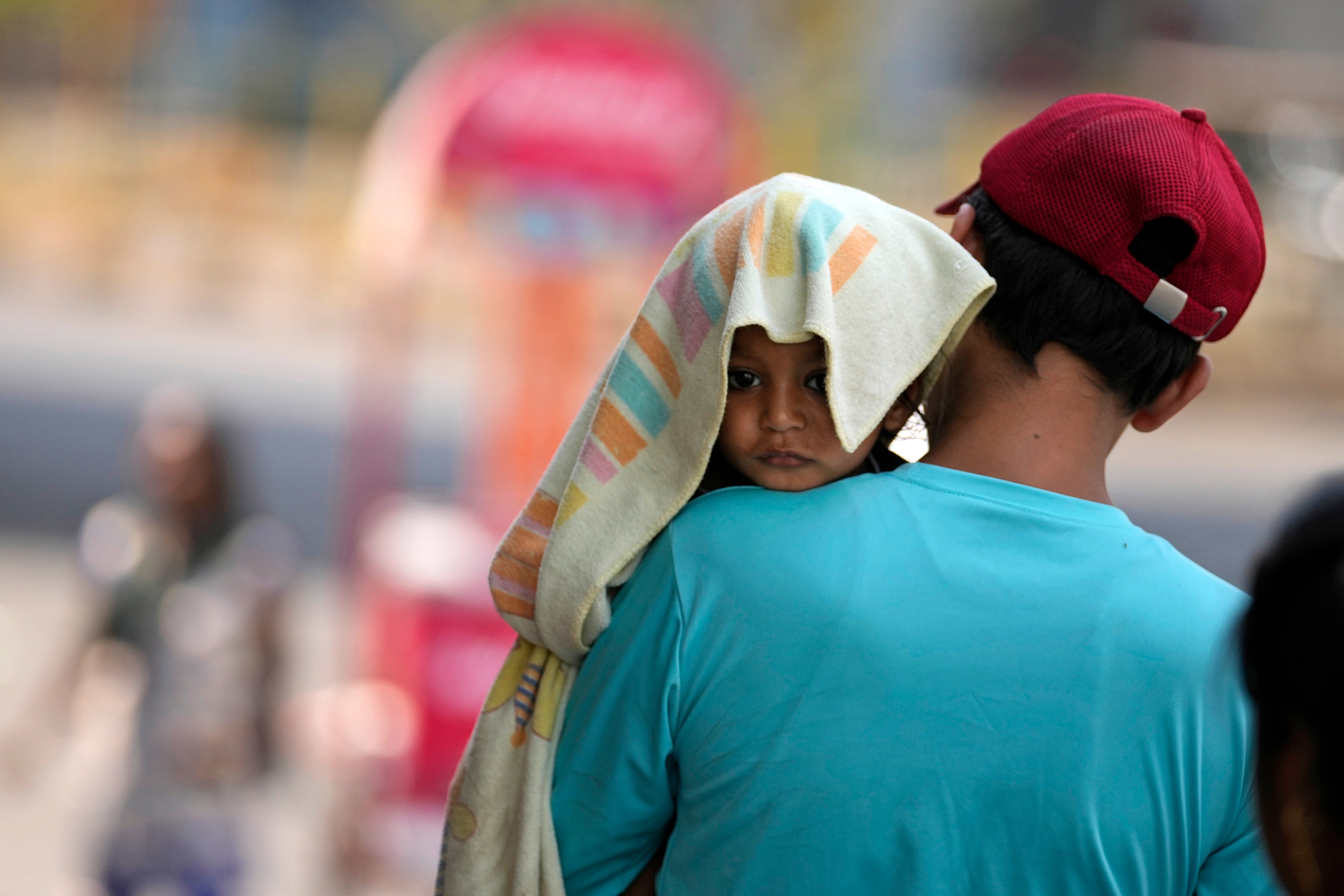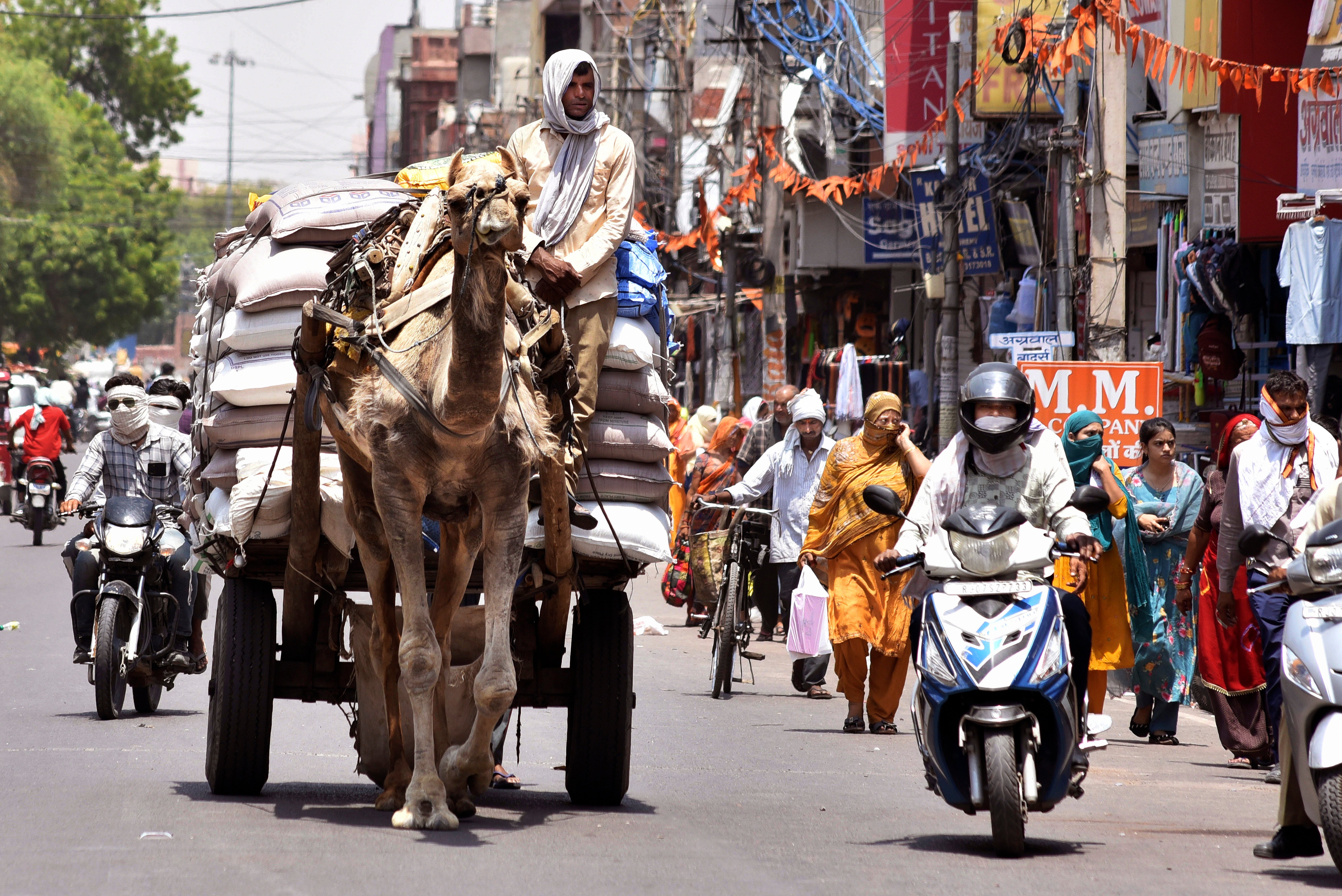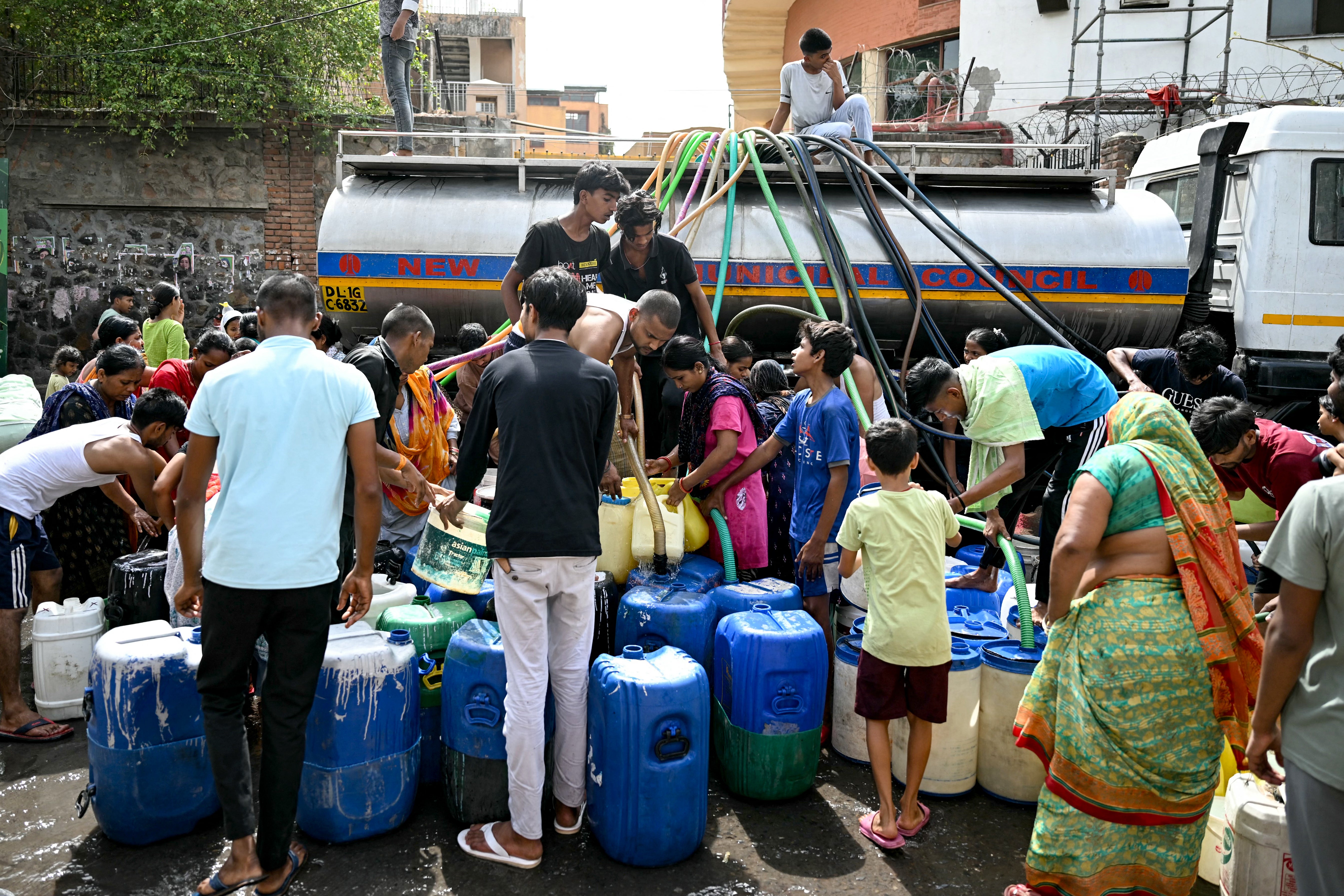The climate crisis is driving a dramatic rise in night-time temperatures across India, adding between 50 and 80 nights each year where temperatures exceed 25C, which is impacting sleep and putting people’s health at risk, a new study has found.
The analysis comes just a couple of days after Delhi recorded its hottest night ever on Wednesday with the minimum temperature staying at 35.2C, eight degrees above normal.
India is witnessing its longest-ever heatwave, which has killed hundreds and with 40,000 suspected heatstroke cases have been reported. In May, the national capital sweltered in nearly 50C temperatures along with the rest of northern and central India.
While the deadly higher temperatures have been raising alarms, the Climate Central and Climate Trends analysis on Friday says night-time temperatures have increased even more rapidly as the world heats up due to the climate crisis driven by burning fossil fuels like coal, oil, and gas.
And its not just India, the average person on Earth experienced 4.8 additional nights where the temperature exceeded 20C due to climate crisis between 2018 and 2023.

Experts say higher night-time temperatures can be more dangerous than daytime highs. These temperatures prevent the body from cooling off, increasing the risk of falling sick, and even increasing the chances of death from heatstroke.
“High minimum temperatures, especially when paired with high humidity, make it difficult for the human body to cool down, leading to disturbed sleep and daytime heat exhaustion,” says Dr Akshay Deoras, from the University of Reading.
Disturbed or lack of sleep also increases long-term risks to life like poor physical and mental health, and weaker cognitive functioning and even reduces life expectancy, especially for those who are vulnerable, children and the elderly.
“We also know these impacts are not being experienced evenly or equally, with disparities between and within countries based on income, access to air conditioning, age and other factors,” says Michelle Young, climate impacts research associate at Climate Central.

Half of India’s population works outdoors with temperatures shattering records, and without sufficient rest at night, they are at increased risk.
“As one of the countries worst affected by extreme heat caused by climate change, higher minimum temperatures overnight have made this year’s record-breaking heatwave in India even more deadly.”
The Indian government data shows 110 deaths due to heatstrokes this summer. However, activists say the toll is far higher.
Higher night-time temperatures have been the norm in most of India’s cities this summer. Alwar in Rajasthan also hit an unprecedented 37C this month. Cities in India’s most populous state, Uttar Pradesh, such as Lakhimpur Kheri, Shahjahanpur, and Varanasi, recorded their highest minimum temperatures at 33C, 33C, and 33.6C respectively.
The reason for cities for staying hotter is lack of green and open spaces and widespread concretisation that traps heat.
“The urban heat island effect is most visible in the night-time temperatures,” says Dr Roxy Mathew Koll, climate scientist at the Indian Institute of Tropical Meteorology inPune.
“Cities turn into urban heat islands when buildings, roads, and other infrastructure absorb and re-emit heat, causing cities to be several degrees hotter than surrounding rural areas.”
“The high-rise buildings and concrete set-up in the cities do not let the excess heat escape during the night,” says Dr Koll.

Among the metro cities, financial hub Mumbai has seen the highest changes in the night-time temperatures, with the city experiencing an additional 65 days of hot nights due to global heat.
But eastern regions such as West Bengal and Assam face the worst impacts, with even relatively colder cities such as Guwahati and Siliguri enduring up to 86 more sweltering nights annually.
Several cities across India saw between 15 and 50 additional days where the minimum temperatures exceeded 25C due to the climate crisis.
Many scientific assessments have established that India’s extreme heat and longer summers are primarily being driven by the climate crisis. This year, a scientific study by ClimaMeter said the heatwaves in May were made 1.5C hotter due to global greenhouse gases caused by burning coal. oil and gas, which trap the heat in the atmosphere.
And it’s not just India, the entire northern hemisphere is sweltering. Billions in Asia have been under heat alerts since April. More than 1,000 people have died during this year’s Hajj in Saudi Arabia. Record high temperatures have also swept the United States and Mexico.
The last 12 months have been on the hottest on record. The summer of 2023 was found to be hottest in 2,000 years and 2024 is on track to beat that record.


